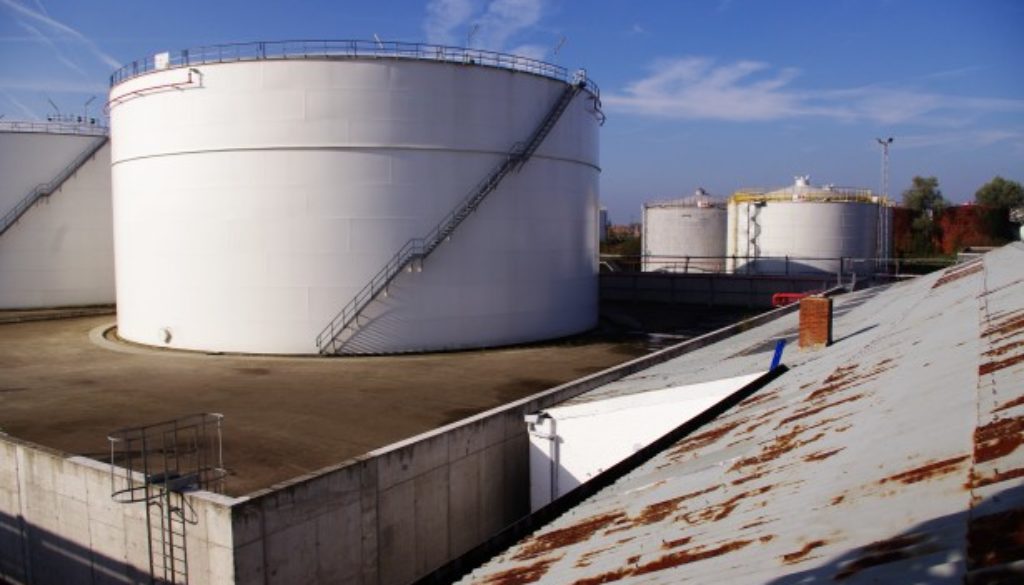Avoiding Chemical Disasters, Managing Risks: EPA Addresses Chemical Safety
By Yogin Kothari, Union of Concerned Scientists
In response to the 2013 West, Texas disaster that killed 15 people, injured 200 more, and impacted thousands in the community, President Barack Obama asked the federal government to modernize its chemical safety rules. Nearly three years later, the Environmental Protection Agency has finally proposed changes to the Risk Management Program (RMP) Rule.
Tomorrow morning, I will be speaking on behalf of the Center for Science and Democracy at the Union of Concerned Scientists at a public hearing on the proposed revisions to the RMP rule.
For those of you that are unfamiliar with this rule, it might be one of the most important rules you have never heard of (shockingly, nobody really likes chemical disasters). The RMP rule is the federal government’s primary way to manage and disclose risks associated with chemical plant disasters. And while we all can agree that the rule is important, the current proposal can be significantly strengthened.
Below, you can read the comments I will be presenting to the EPA tomorrow.
Thank you for this opportunity to speak on the proposed changes to the EPA’s Risk Management Program (RMP) rule.
My name is Yogin Kothari. I am here on behalf of the Center for Science and Democracy at the Union of Concerned Scientists. With more than 450,000 members and supporters across the country, we are a nonpartisan, non-profit group, dedicated to improving public policy through rigorous and independent science. The Center for Science and Democracy at UCS advocates for improved transparency and integrity in our democratic institutions, especially those making science-based public policy decisions.
We are glad to see the EPA has finally proposed a long-awaited revision to the RMP rule. While we do think that some parts of the proposal could and will reduce risks associated with, and improve emergency response to, catastrophic chemical facility incidents, we strongly recommend that the proposal be significantly strengthened to prevent chemical facility accidents and better help communities, local emergency planning committees (LEPCs), and first responders understand and meaningfully respond to the potential risks they face.
The EPA proposal regarding public access to important information is not an improvement over the status quo. The revised list of information that would be publicly available lacks the inclusion of summaries of incident investigation reports and safer technology and alternative analyses (STAA). This information would only be available only to LEPCs upon request, and is limited to information for facilities within their planning area.
EPA’s proposal will needlessly isolate LEPCs from information regarding successful hazard reduction practices achieved in other jurisdictions. It will also isolate LEPCs from the benefit of information provided via other informed constituencies, including technology vendors, facility employees, academics, government agencies, and the general public. Providing public access to this information will help communities and first responders better prepare for and understand the dangers they face, as well as help communities hold operators accountable for improving the safety of their facilities.
The agency also fails to improve public access to information. EPA suggests that facilities can use “a variety of ways,” including a web site, other Internet platforms, the local library, a local government office, or even the facility itself to disseminate information to the public. But this patchwork fails to provide sufficient access to information, much of which facilities already submit to the EPA. As a result, the EPA can and should make it easier for communities to access the information, as well as make it more actionable and usable.
Secondly, EPA must take more steps to improve emergency preparedness and planning for communities that live in the fear of risks form chemical disasters. A significant number of LEPCs remain ineffective. Many LEPCs are inadequately funded, are not required to widely disseminate information, or lack real authority. Further, studies have also shown weak communications between LEPCs and the public. Many facilities fail to take full responsibility for emergency planning and coordination that is essential to meet their legal responsibility under the Clean Air Act to “provide a prompt emergency response” to a release of regulated substances. Together, this results in a less-prepared community that faces serious potential hazards plus financial burdens.
We expect EPA to take a leadership role in ensuring that facilities understand and meet their responsibilities, and that LEPCs become and remain effective and collaborate with community groups in making information and resources available to them for emergency preparedness.
Our third major concern lies with the EPA’s proposed accident prevention requirements. The proposed rule should be strengthened to encouraging facilities to transition to inherently safer technologies and design. While we understand that availability and feasibility are not always the same, in a final rule, the agency should expand STAA requirements.
The RMP rule remains the major defense against catastrophic disasters. The public, particularly fence-line communities – often poorer neighborhoods and communities of color who already bear the greatest burden of living next to polluting and high-risk facilities – look to the EPA, protect their health and safety.
The RMP will only be an effective tool for public health and safety if the essential information and accountability tools are easily accessible, available, and usable by the most vulnerable populations.
The EPA can make a real difference by increasing access to information, reducing risks, and saving lives. We urge the EPA to not extend the deadline for public comment, and encourage the agency to expedite the finalization of a strong rule that truly makes a difference in communities across the country.
I appreciate the opportunity to voice our concerns and provide input for necessary revisions to the proposed RMP rule.


